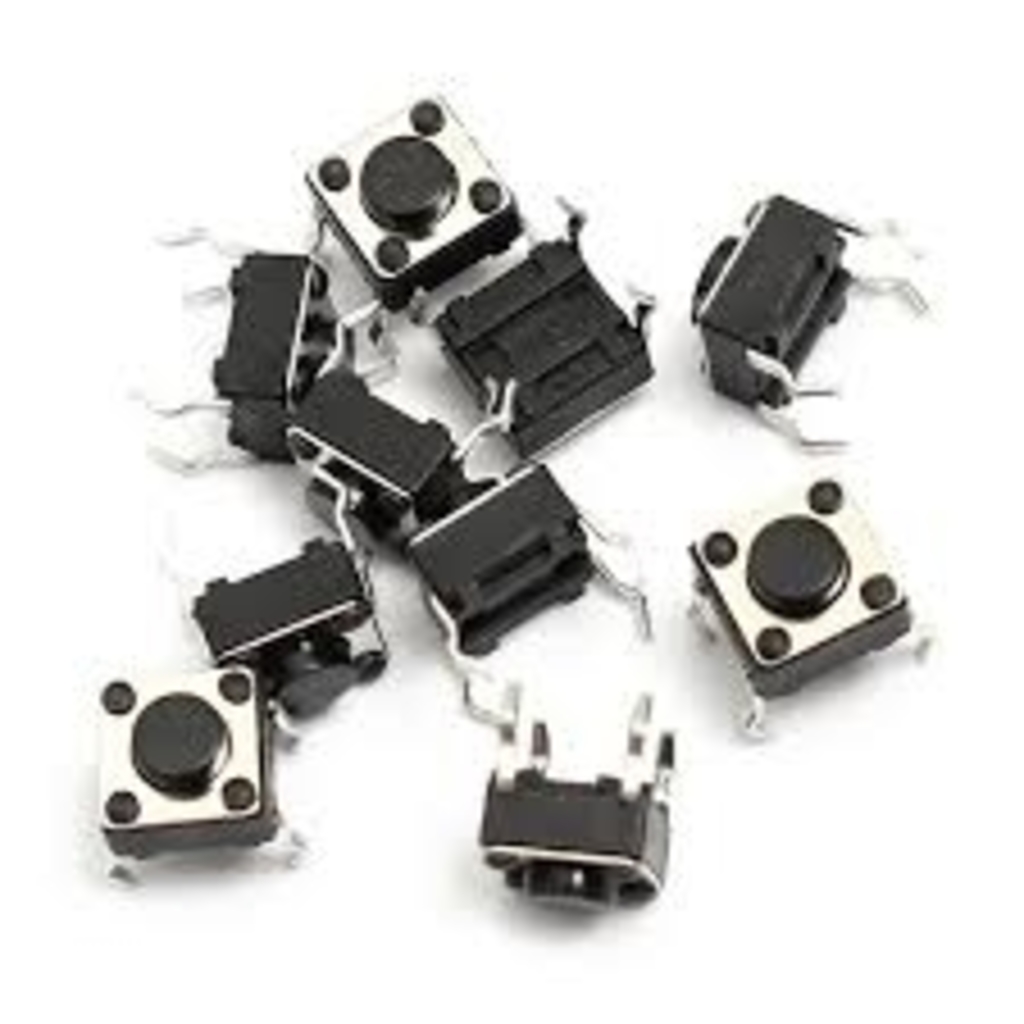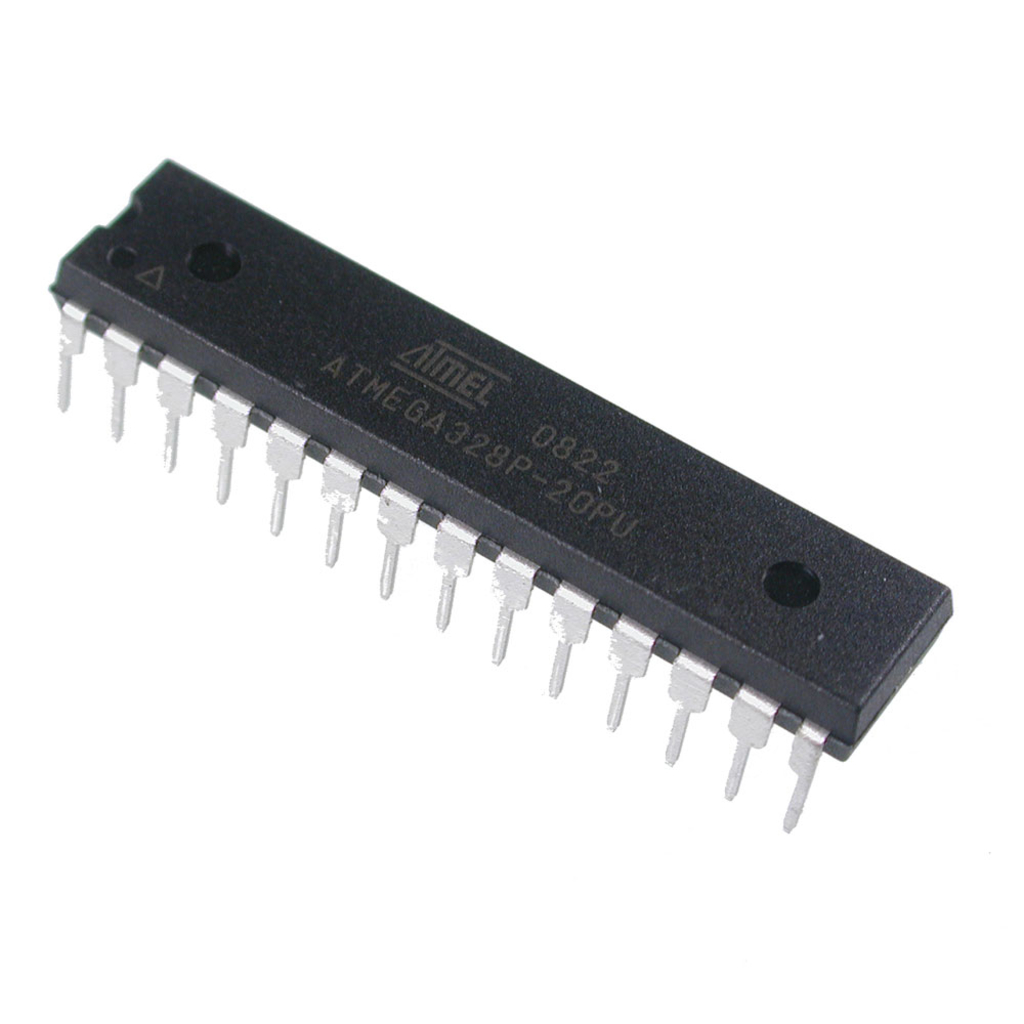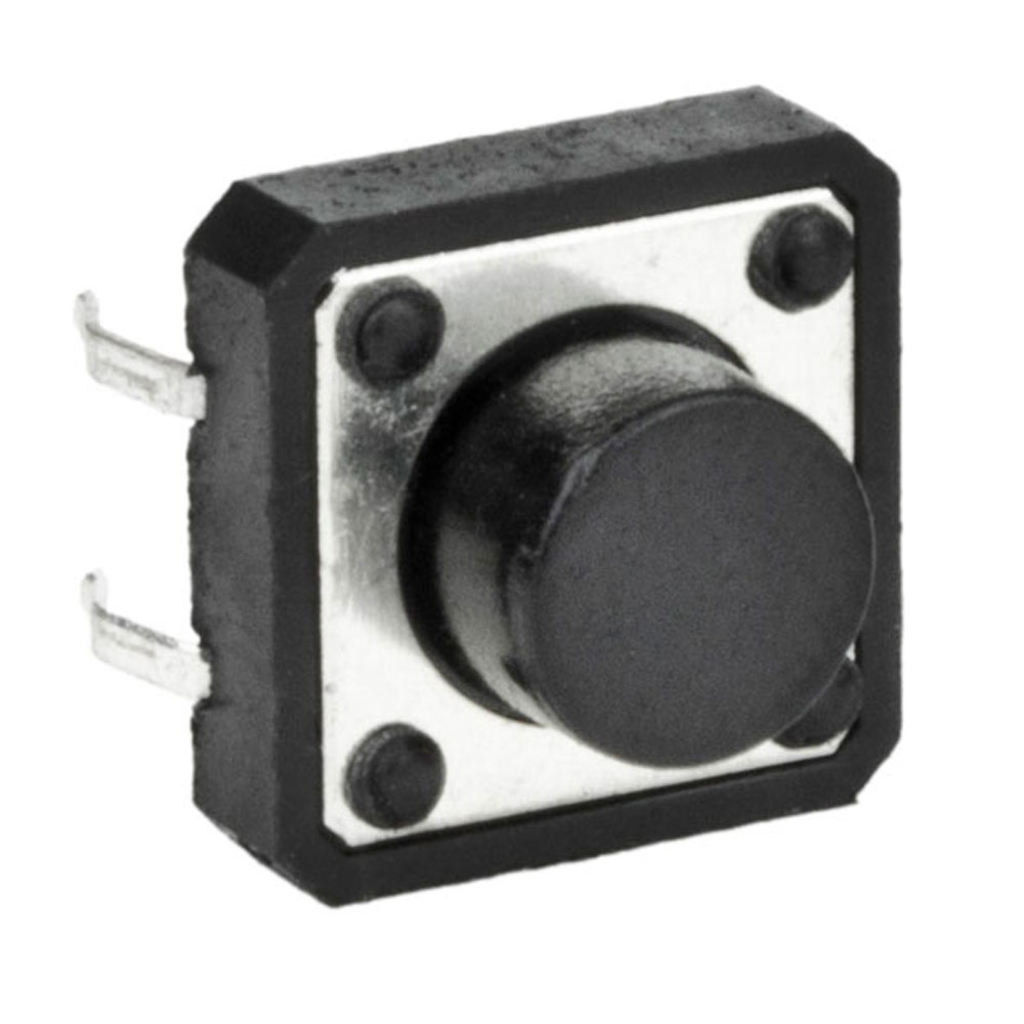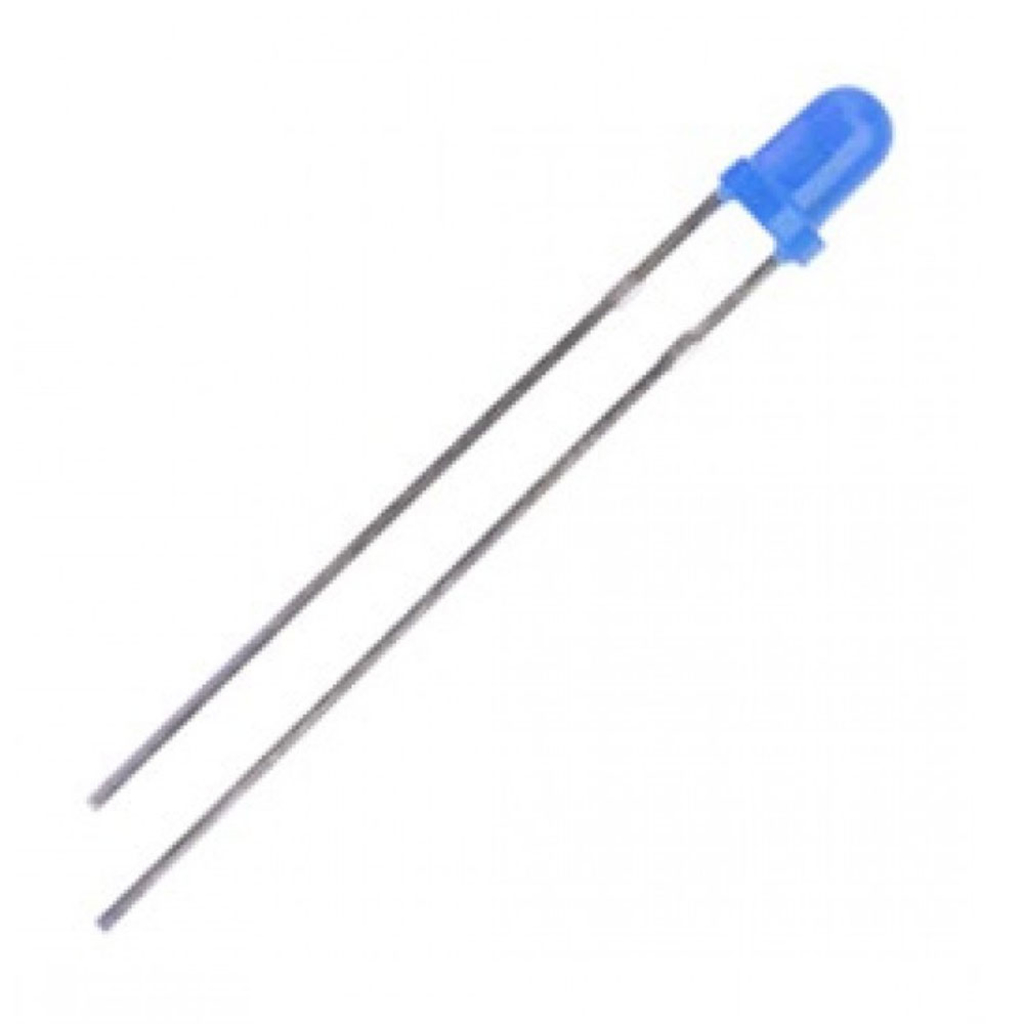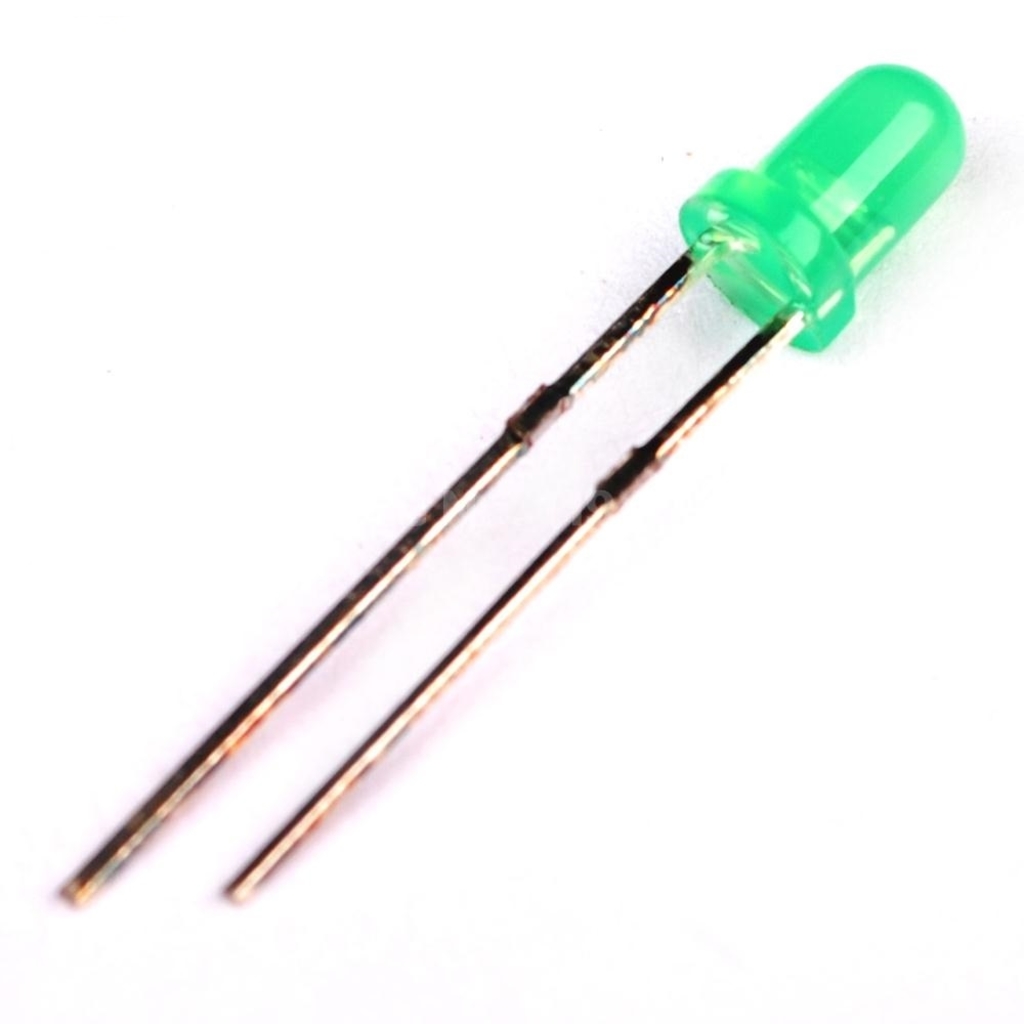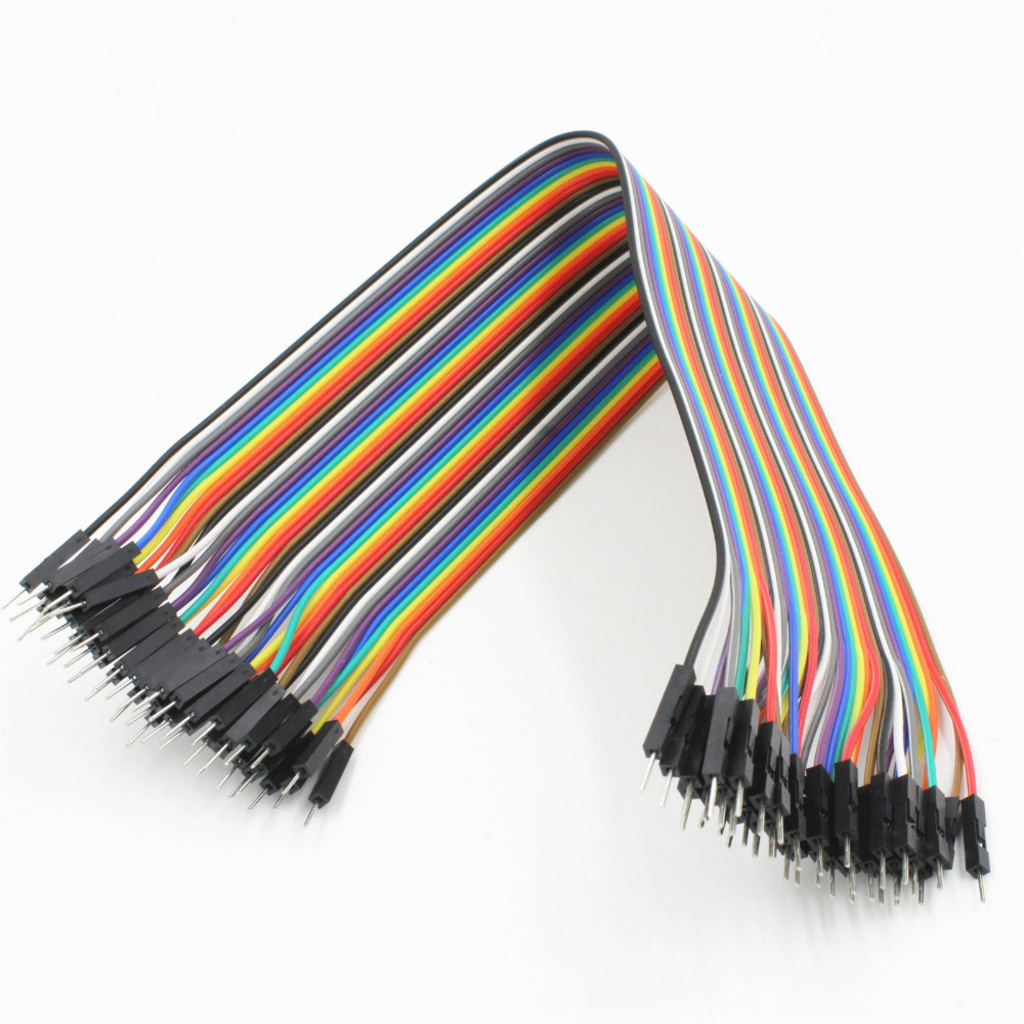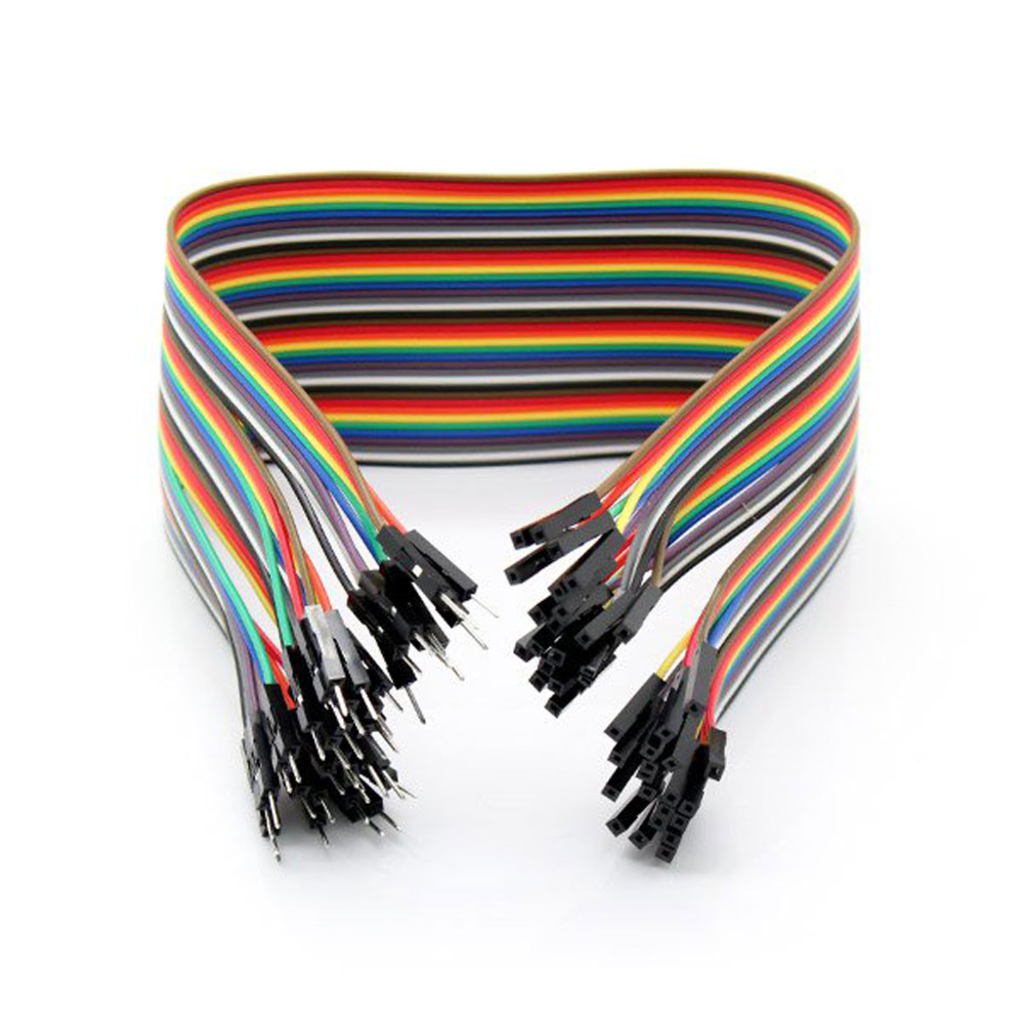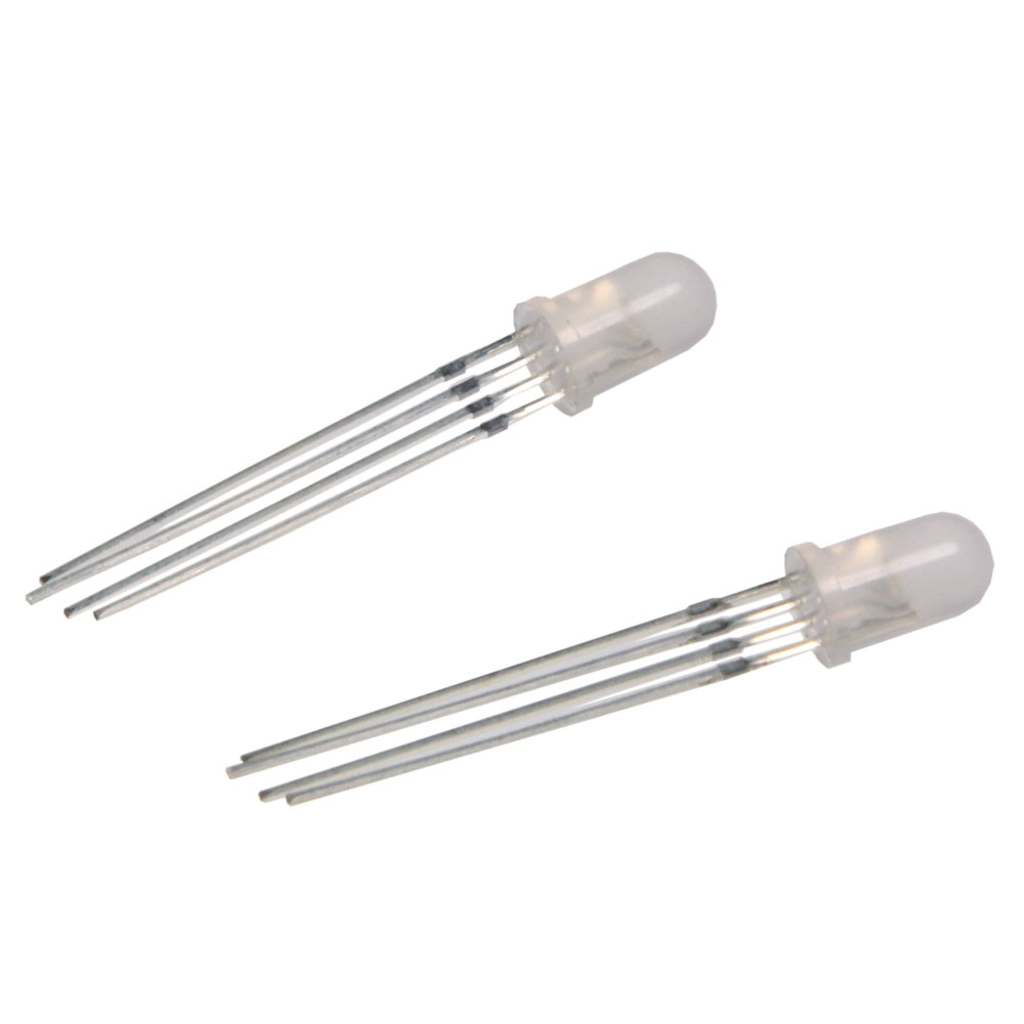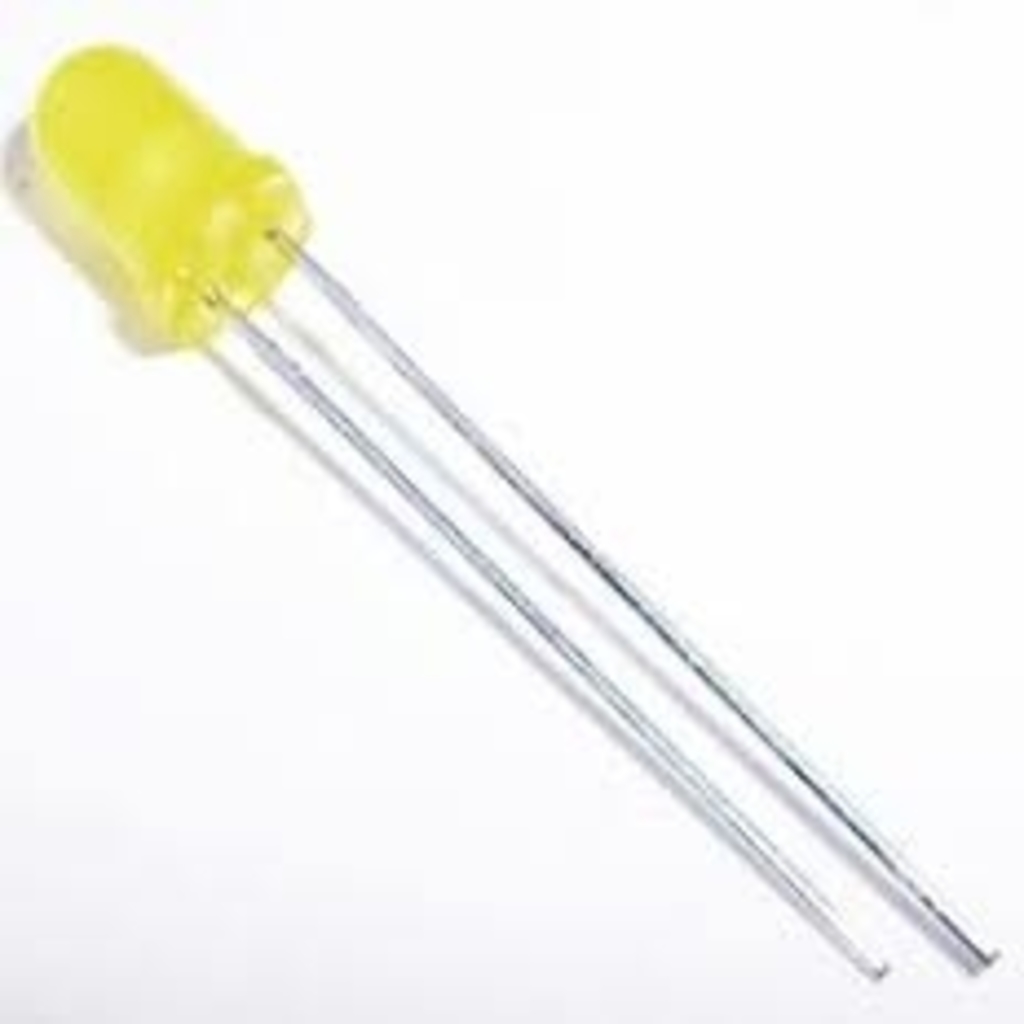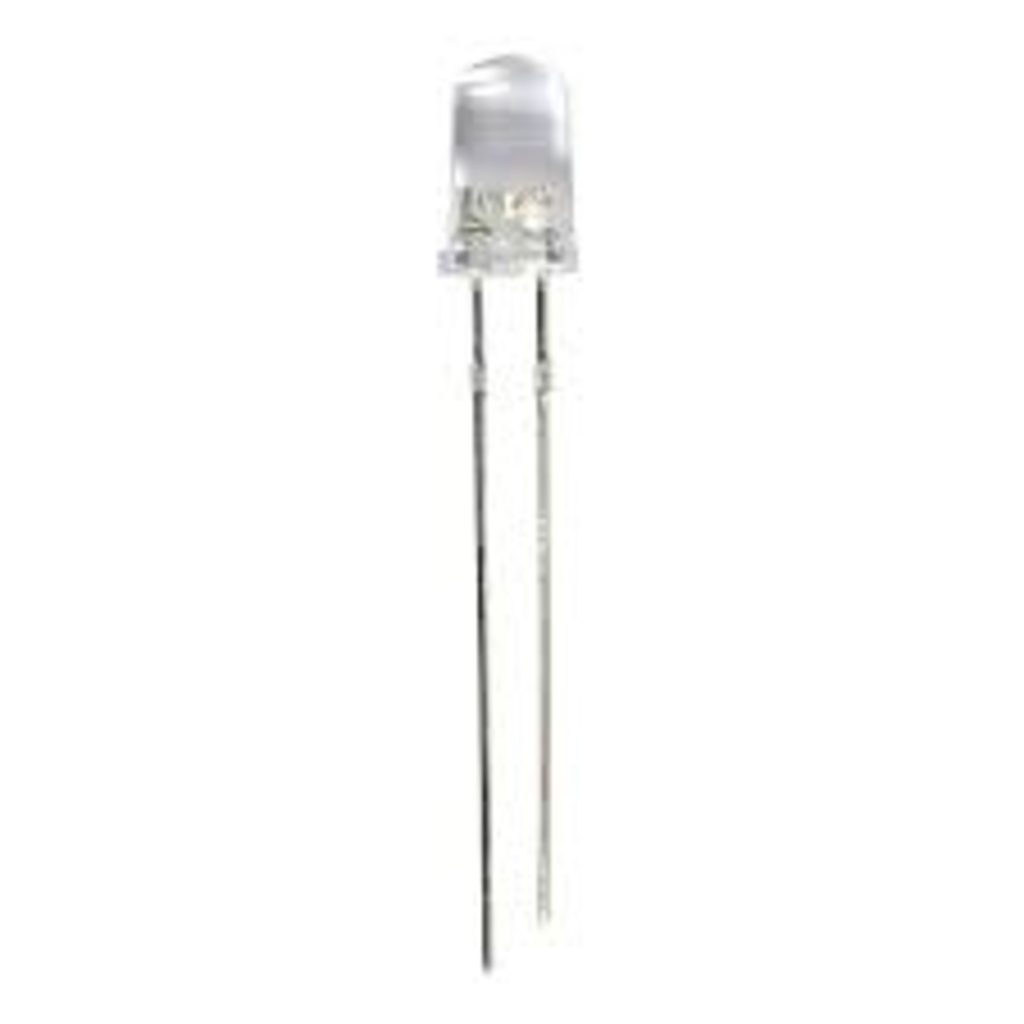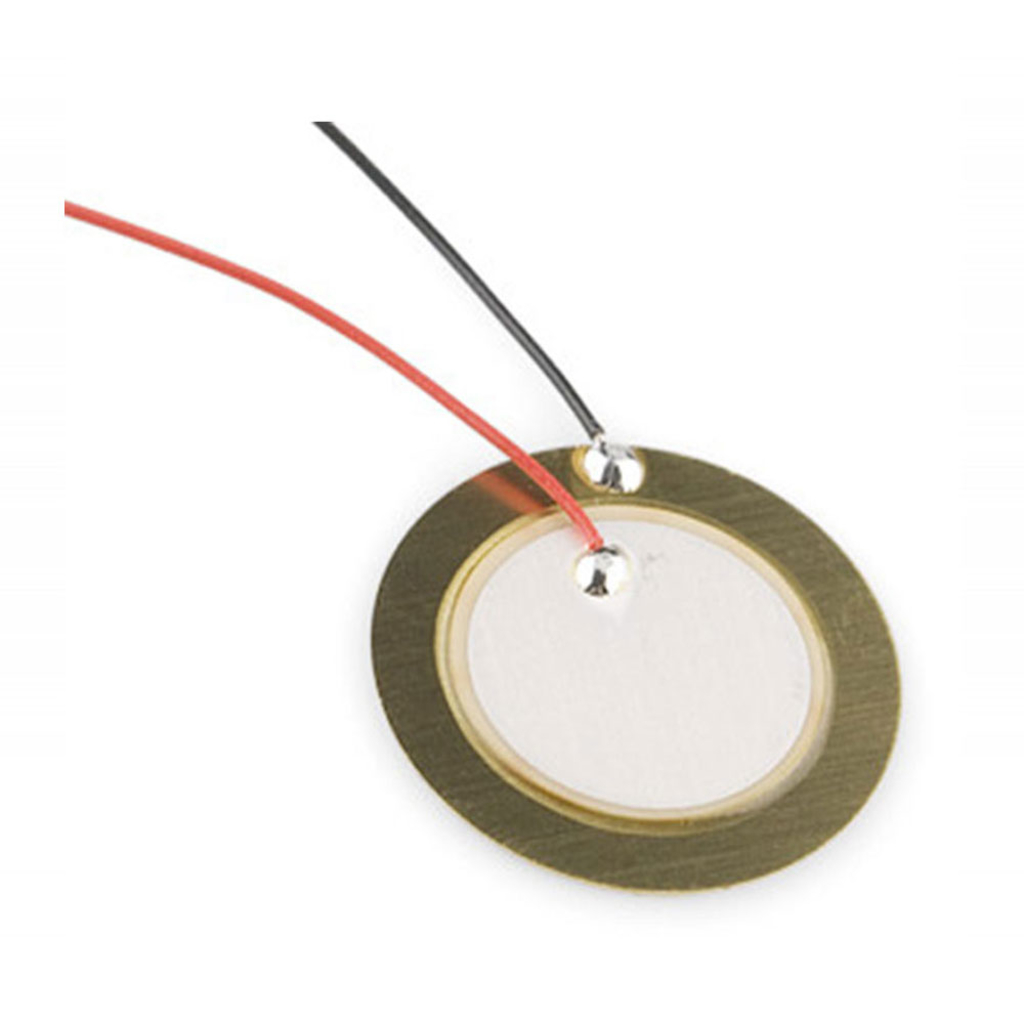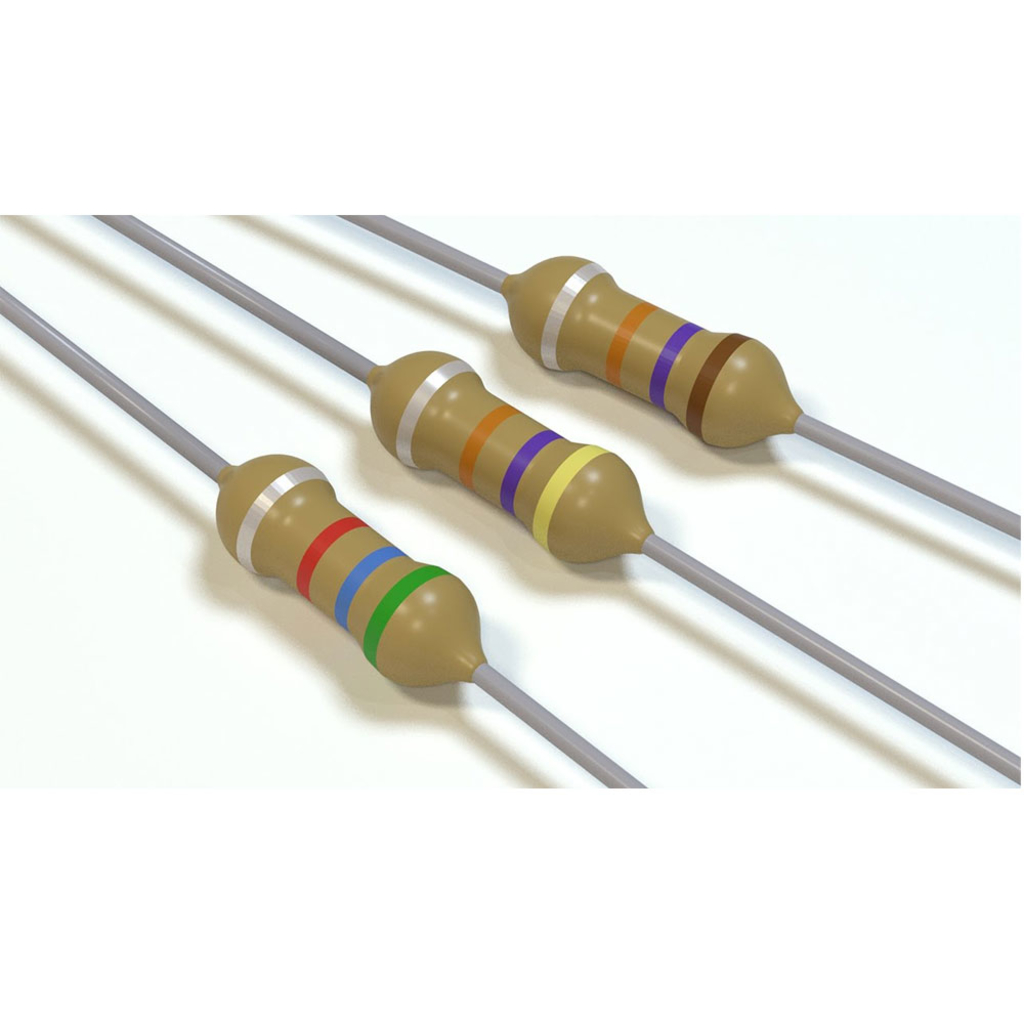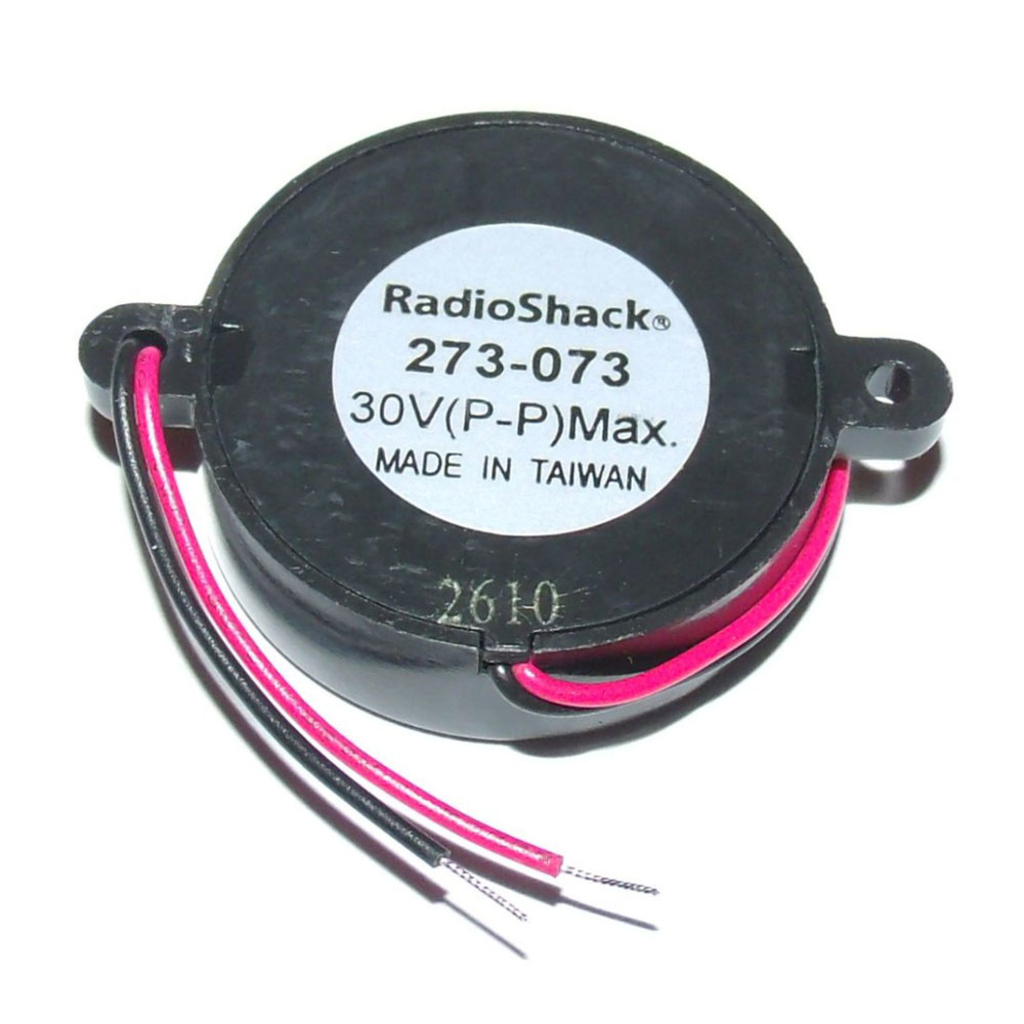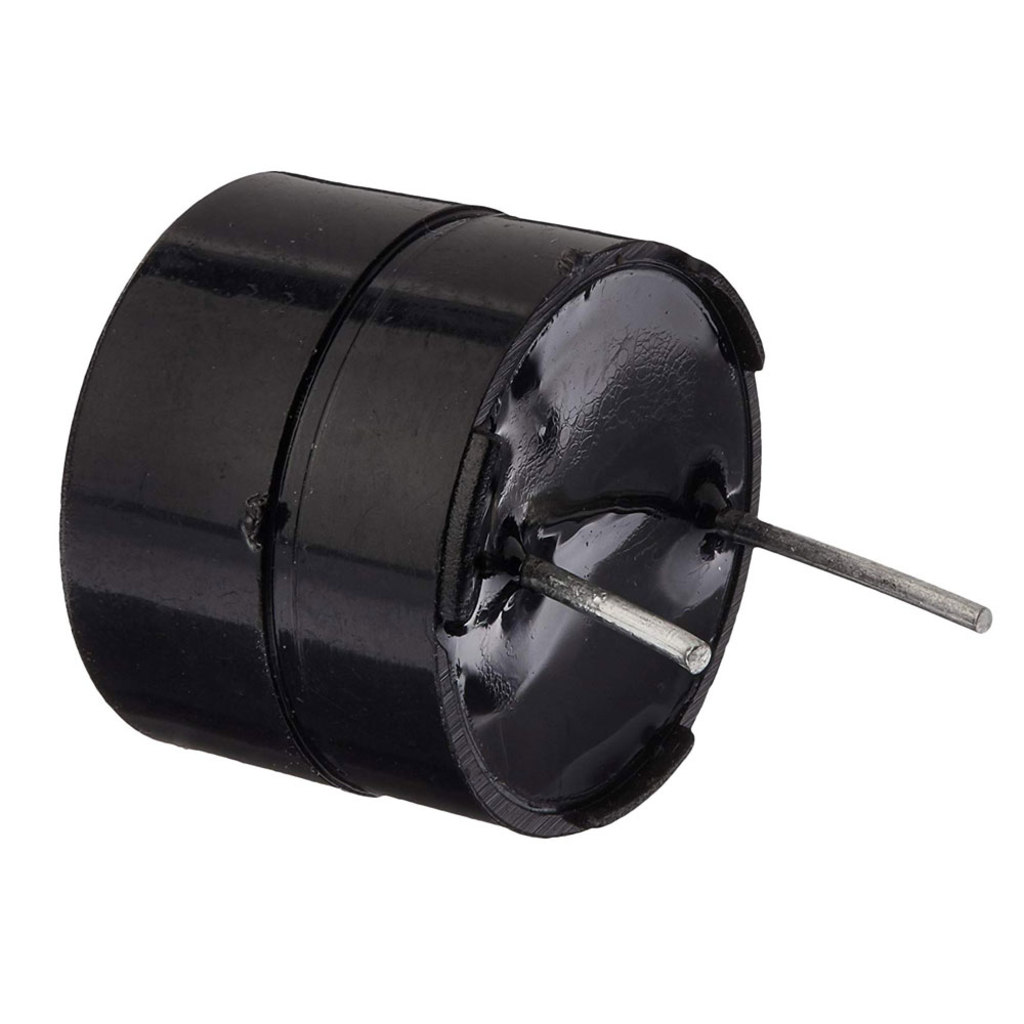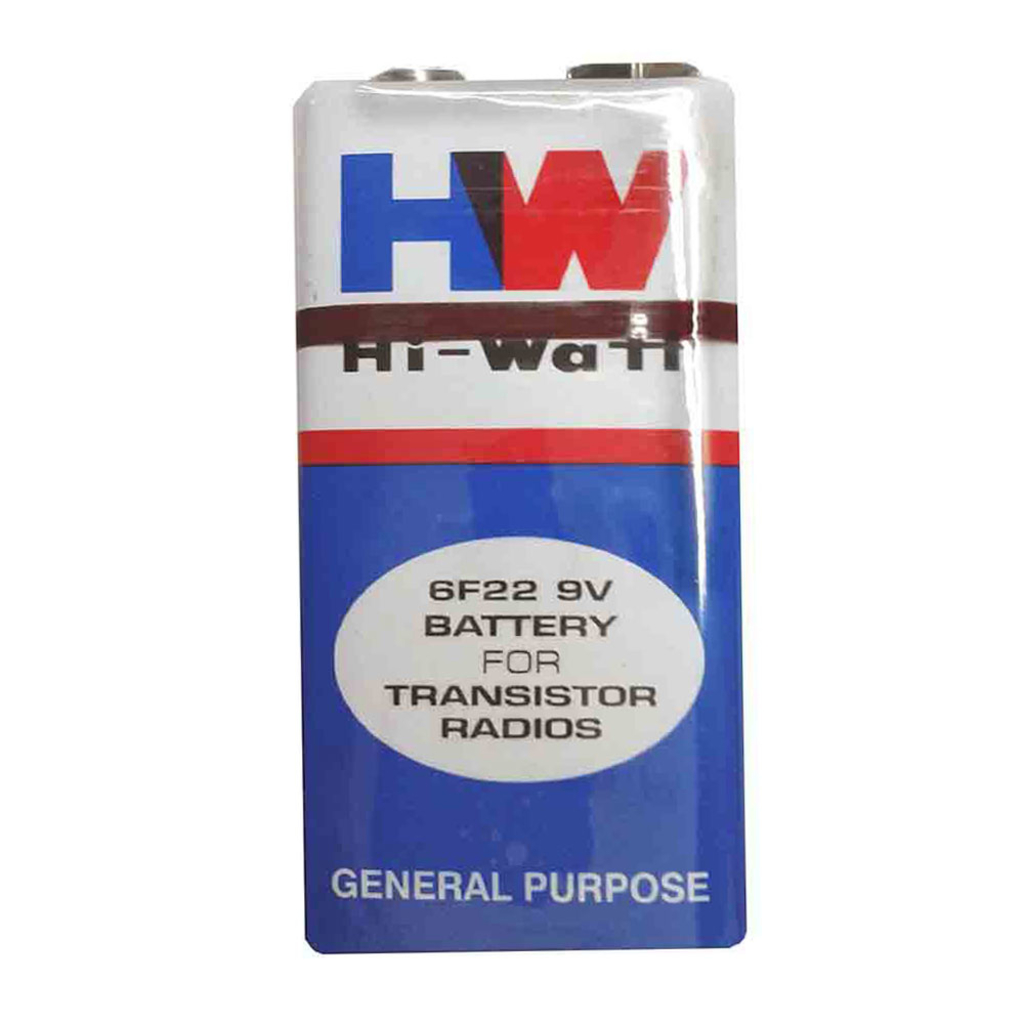799.00
149.00
99.00
99.00
99.00
99.00
99.00
99.00
99.00
99.00
99.00
49.00
49.00
29.00
19.00
19.00
Buzzer Small 5V
19.00
5V PCB Mounting Buzzer is a small PCB (printed circuit board) mountable buzzer. It is very small and compact 2-pin structure hence can be easily used on breadboard, PCBs which makes this a widely used component in most electronic applications. This Buzzer module emits loud sound when 3V to 5V is applied to it. Unlike a plain piezo, this buzzer does not need an AC signal. On one hand, that makes it really great for integrating into projects because you don't need an oscillating control signal. But on the other hand, you cannot change the frequency.
Buzzer Big 5V
29.00
5V PCB Mounting Buzzer is a big PCB (printed circuit board) mountable buzzer. It is very big and compact 2-pin structure hence can be easily used on breadboard, PCBs which makes this a widely used component in most electronic applications. This Buzzer module emits loud sound when 3V to 5V is applied to it. Unlike a plain piezo, this buzzer does not need an AC signal. On one hand, that makes it really great for integrating into projects because you don't need an oscillating control signal. But on the other hand, you cannot change the frequency.
Push Button Switch
99.00
A push-button (also spelled pushbutton) or simply button is a simple switch mechanism for controlling some aspect of a machine or a process. Buttons are typically made out of hard material, usually plastic or metal. The surface is usually flat or shaped to accommodate the human finger or hand, so as to be easily depressed or pushed. Buttons are most often biased switches, although many un-biased buttons (due to their physical nature) still require a spring to return to their un-pushed state. Terms for the "pushing" of a button include pressing, depressing, mashing, slapping, hitting, and punching.
Qty: Pack of 100 switches
9V Battery - HIW
19.00
9V BATTERY CLIPac GENERAL DESCRIPTION. 9-volt battery in its most common form was introduced for the early transistor radios. It has a rectangular prism shape with rounded edges and a polarized snap connector at the top. This type is commonly used in walkie talkies, clocks and smoke detectors.
Atmega 16U2 USB Controller IC
149.00
The ATmega8U2/16U2/32U2 is a low-power CMOS 8-bit microcontroller based on the AVR enhanced RISC architecture. By executing powerful instructions in a single clock cycle, the ATmega8U2/16U2/32U2 achieves throughputs approaching 1 MIPS per MHz. allowing the system designed to optimize power consumption versus processing speed.
LEDs - Blue
99.00
A light-emitting diode (LED) is a semiconductor light source that emits light when current flows through it. Electrons in the semiconductor recombine with electron holes, releasing energy in the form of photons. The color of the light (corresponding to the energy of the photons) is determined by the energy required for electrons to cross the band gap of the semiconductor.
It is pack of 100 LEDs
LEDs - Green
99.00
A light-emitting diode (LED) is a semiconductor light source that emits light when current flows through it. Electrons in the semiconductor recombine with electron holes, releasing energy in the form of photons. The color of the light (corresponding to the energy of the photons) is determined by the energy required for electrons to cross the band gap of the semiconductor.
It is pack of 100 LEDs
Piezoelectric Plate
49.00
A piezoelectric plate is a device that uses the piezoelectric effect to measure pressure, acceleration, strain or force by converting them to an electrical charge. Piezoelectricity is the electricity generated by piezo element by effect called the piezoelectric effect. It is the ability of certain materials to generate an AC (alternating current) voltage when subjected to mechanical stress or vibration, or to vibrate when subjected to an AC voltage, or both. The most common piezoelectric material is quartz. Certain ceramics, Rochelle salts, and various other solids also exhibit this effect.
Specification:
• Resonance Frequency: 4.6 KHz +/- 0.5 KHz
• Resonance Impedance: 200 Ohms
• Capacitance: 20nF +/- 30% at 1 KHz
• Operating Temperature -20 to +70 C
• Storage Temperature -30 to +80 C
• Metal Material Brass
Qty: Pack of 5 Pcs.
Resistors
49.00
The box which contains the resistors of different values for estimating and comparing the resistance is known as the resistance box. The accuracy of the resistance box is very high. A resistor is an electrical component that limits or regulates the flow of electrical current in an electronic circuit. Resistors can also be used to provide a specific voltage for an active device such as a transistor. and contains a pack of 100 resistors.
Jumper Wires - M-M
99.00
Jumper wires are simply wires that have connector pins at each end, allowing them to be used to connect two points to each other without soldering. Jumper wires are typically used with breadboards and other prototyping tools in order to make it easy to change a circuit as needed.Male ends have a pin protruding and can plug into things, while female ends do not and are used to plug things into. Male-to-male jumper wires are the most common and what you likely will use most often. When connecting two ports on a breadboard, a male-to-male wire is what you'll need.
Jumper Wires - M-F
99.00
Jumper wires are simply wires that have connector pins at each end, allowing them to be used to connect two points to each other without soldering. Jumper wires are typically used with breadboards and other prototyping tools in order to make it easy to change a circuit as needed.Male ends have a pin protruding and can plug into things, while female ends do not and are used to plug things into. Male-to-female jumper wires are the most common and what you likely will use most often. When connecting two ports on a breadboard, a male-to-female wire is what you'll need.
Jumper Wires - F-F
99.00
Jumper wires are simply wires that have connector pins at each end, allowing them to be used to connect two points to each other without soldering. Jumper wires are typically used with breadboards and other prototyping tools in order to make it easy to change a circuit as needed.
Female ends have a pin protruding and can plug into things, while female ends do not and are used to plug things into. Female-to-female jumper wires are the most common and what you likely will use most often. When connecting two ports on a breadboard, a female-to-female wire is what you'll need.
RGB LEDs
99.00
RGB LED means red, blue and green LEDs. RGB LED products combine these three colors to produce over 16 million hues of light. Note that not all colors are possible. Some colors are outside the triangle formed by the RGB LEDs also, pigment colors such as brown or pink are difficult, or impossible, to achieve. RGB LED is a combination of three LEDs in just one package: red, green and blue. You can generate different colors by adjusting the brightness of each of the three LEDs of the RGB LED; to adjust the brightness of each LED, you use a PWM signal.
LEDs - Yellow
99.00
A light-emitting diode (LED) is a semiconductor light source that emits light when current flows through it. Electrons in the semiconductor recombine with electron holes, releasing energy in the form of photons. The color of the light (corresponding to the energy of the photons) is determined by the energy required for electrons to cross the band gap of the semiconductor.
">
LEDs - White
99.00
A light-emitting diode (LED) is a semiconductor light source that emits light when current flows through it. Electrons in the semiconductor recombine with electron holes, releasing energy in the form of photons. The color of the light (corresponding to the energy of the photons) is determined by the energy required for electrons to cross the band gap of the semiconductor.
Button Switch Set
799.00
A push-button (also spelled pushbutton) or simply button is a simple switch mechanism for controlling some aspect of a machine or a process. Buttons are typically made out of hard material, usually plastic or metal. The surface is usually flat or shaped to accommodate the human finger or hand, so as to be easily depressed or pushed.



